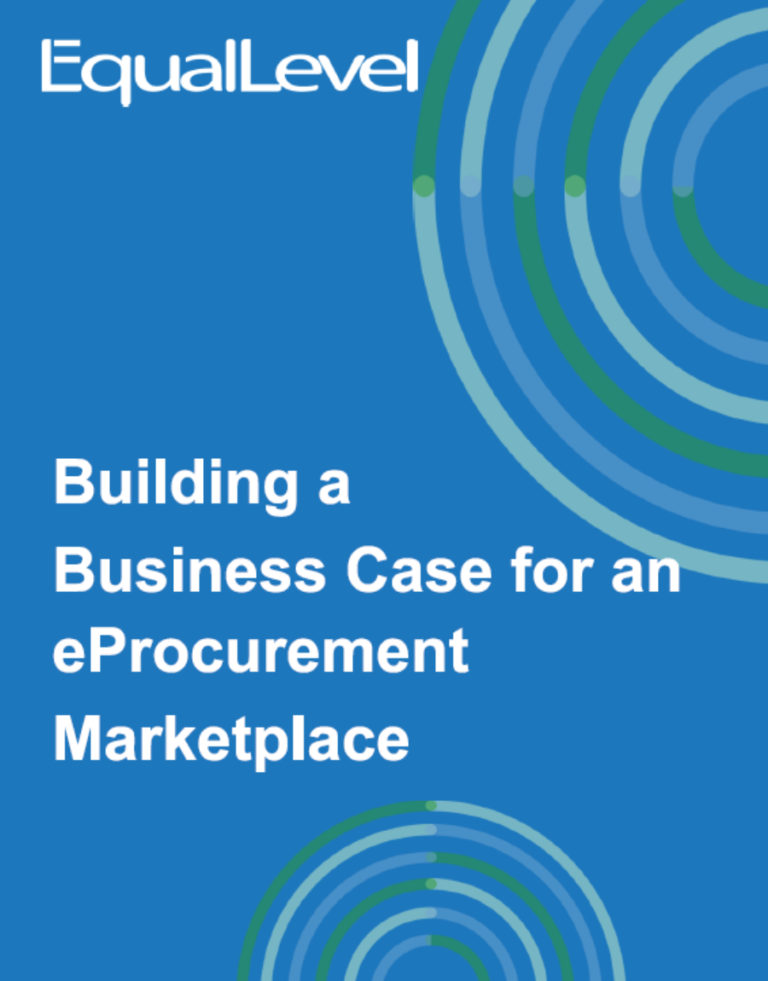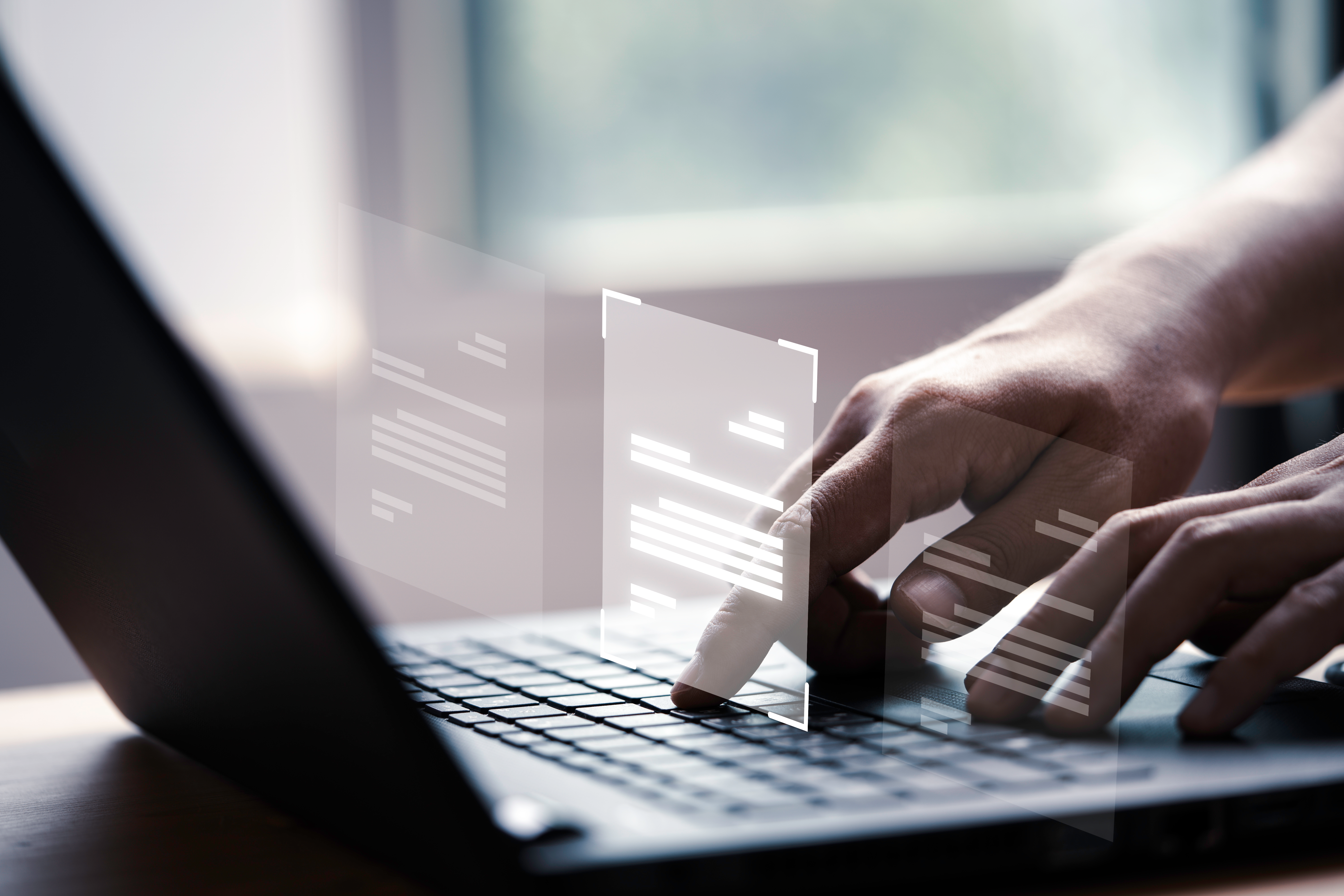
As the calendar turns to a new year, EqualLevel takes a moment to recount the dynamic journey that characterized its latest chapter. This reflective pause is not just a nostalgic look back, but an acknowledgment of transformative strides, conquered challenges, and achieved milestones. It signifies the start of a new narrative, with blank pages waiting to be filled with stories of innovation, collaboration, and shared successes.
Gratitude in Transformation
EqualLevel extends heartfelt appreciation to its valued customers for choosing them as partners in navigating procure-to-pay transformation.

The trust, loyalty, and collaboration of these customers have been the foundation upon which EqualLevel’s journey has unfolded. The choice to embark on this dynamic expedition with EqualLevel is a testament to a shared commitment to progress, efficiency, and the pursuit of excellence.
Here’s Some of our Highlights from 2023:
Onboarded a Record number of New Customers:
EqualLevel expanded its community by welcoming numerous new customers in 2023, establishing mutually beneficial partnerships and contributing to client growth. Beyond numerical expansion, this initiative aimed at building meaningful connections, forging lasting partnerships, and creating an ecosystem where collaboration thrives.
Featured Recognition in Government Procurement Magazine and NCPP:
EqualLevel achieved a distinguished honor with a feature article in Government Procurement Magazine, highlighting the company’s significant contributions to procurement innovation and positioning it as a trailblazer in government procurement.
Expanded Requisition Capabilities from Punchout Marketplaces:
EqualLevel strategically expanded requisition capabilities from punchout marketplaces, creating a paradigm shift in how users interact with the procurement process. This initiative aimed at providing a seamless procurement experience by connecting requisition initiation and payment processes.
Administrative Control of Commodity Code Mapping:
In 2023, EqualLevel introduced administrative control of commodity code mapping, empowering users with a powerful tool for efficient management and customization in the ever-evolving landscape of procurement.
Introduction of the GO Video Library:
The GO Video Library, inaugurated in 2023, stands as a testament to EqualLevel’s commitment to revolutionizing supplier engagement and knowledge dissemination. It became a dynamic resource hub for supplier partners, offering visual aids and content for confident navigation of GO technologies.
To visit our GO video library, click here.
Enhanced EqualLevel User Community:
EqualLevel prioritized the user experience by revitalizing the EqualLevel user community, creating a vibrant and dynamic hub for shared insights and collective growth.
Knowledge-Packed Webinars:
Throughout the year, EqualLevel organized a series of knowledge-packed webinars, turning virtual platforms into dynamic arenas where industry experts explored diverse facets of procurement trends and strategies.
To see our webinars, click here.
What’s Next?
As EqualLevel steps into 2024, these milestones are guiding lights illuminating the path toward a future where procurement solutions are strategic assets empowering organizations to thrive. The commitment remains unwavering—to push boundaries, redefine possibilities, and provide unparalleled value to customers.
EqualLevel is ready to embark on a new phase of the journey, armed with insights gained, lessons learned, and enduring partnerships. Together with customers, EqualLevel looks ahead, ready to script a narrative of innovation, growth, and shared triumphs in the evolving landscape of procure-to-pay transformation.
Further reading:
- For more information on PunchOut, check out our blog post, or review our website punchoutcommerce.com.
- Click here to learn more about EqualLevel solutions and how they can help you!
Our team of experts is always happy to help, contact us to get started.













